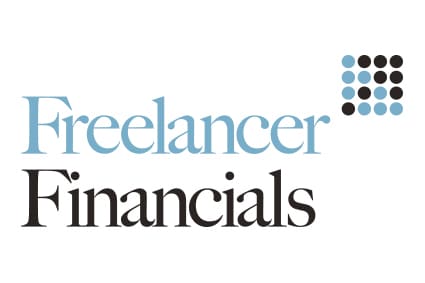Final year-end tax planning for directors
It’s something that’s easily overlooked but yet is crucial in ensuring that you don’t miss out on fundamental and important tax breaks that can save you tax and leave you with more money in your pocket – the tax year-end review.
The end of this tax year is nigh, so investing in a little time to carry out some routine checks before 5th April could yield dividends.
Don’t waste your personal allowance
Provided your income does not exceed £100,000 in 2017/18, you are entitled to a personal allowance of £11,500 (i.e. tax-free income up to that amount). Where however your income is greater than £100,000, then the personal allowance is reduced by £1 for every £2 exceeding this limit until such time that it is extinguished completely (i.e. anyone with income of more than £123,000).
Whilst unlikely that most contractors will not have made full use of their personal allowance, those that still have some intact should look at mopping it up with either salary, dividends, or benefits-in-kind.
Once the personal allowance is gone, it’s gone – although the marriage allowance permits those who are married or in a civil partnership to transfer 10% of their personal allowance (£1,150) to their spouse or civil partner provided they are not a higher or additional rate taxpayer. This would give rise to a saving of £230 to a couple.
Dividends
This was discussed in detail in last week’s article ‘Coping with the drop’ but to quickly recap:
- Make full use of the £5,000 nil-rate dividend allowance.
- Have all other shareholders utilised their £5,000 dividend allowance and personal allowance? If not, provided there are sufficient retained profits in the company, consider paying further dividends before 5th April. Dividends could even be paid to fully use up their basic rate band.
- If no dividends have been paid in 2017/18 and there are no plans to declare one until 2018/19, consider accelerating this and paying it before 5th April 2018 as the dividend allowance is reduced to £2,000 next tax year.
Salary
Unlike dividends, salary payments qualify for a corporation tax deduction so paying yourself a wage up to the primary NIC threshold of £8,164 is most tax efficient. This is because it attracts neither tax (assuming it is absorbed by your personal allowance) nor NIC. If there is any shortfall of salary, then pay yourself the difference before the 5th April.
Pension contributions
Your company can make pension contributions up to the level of available annual allowance (£40,000), so a review of your pension position to ascertain if further contributions are allowable and beneficial should be carried out before 5th April.
Just like salary payments, pension contributions paid by the company attract corporation tax relief.
State pension qualification
Individuals who hit state pension age on or after 6th April 2016, need 35 qualifying years to be entitled to the full single-tier state pension. If you don’t already have those requisite years, then consider paying enough salary/bonus to turn the year into a qualifying year.
For NIC purposes, directors have an annual earnings period, so where no salary has been paid thus far any payment made now up to the primary and secondary threshold (£8,164) won’t attract an NIC charge. Furthermore, provided the amount paid is greater than the lower earnings limit of £5,876, then the year will count as a qualifying year.
Director’s loan account
The loan account should always be reviewed both before the end of the tax year and before the end of the company’s financial year-end. If it is overdrawn, then consider how to clear it, as loans in excess of £10,000 attract a benefit-in-kind as well as Class 1A NIC. This could be done by bonus or dividend or a combination of both.
It should be noted however that there are two methods by which HMRC can calculate a benefit-in-kind on loans. The ‘normal’ method multiplies the average amount outstanding in the tax year by the number of whole months during which the loan was outstanding, divide by 12, and multiply the result by the official rate of interest. The ‘alternative’ method however is more precise and looks at the amounts outstanding for each day in the tax year.
Whilst the £10,000 de-minimis limit wards off an income tax charge, do remember that any directors’ loans that remain unpaid 9 months after the company’s year-end, attract a tax charge of 32.5%






You missed an important bit regarding directors’ loans:
“….do remember that any directors’ loans that remain unpaid 9 months after the company’s year-end, attract a tax charge of 32.5%”
However, this “tax charge” can be recovered when the loan has been repaid to the company. So, unlike normal tax it is a “temporary” tax!